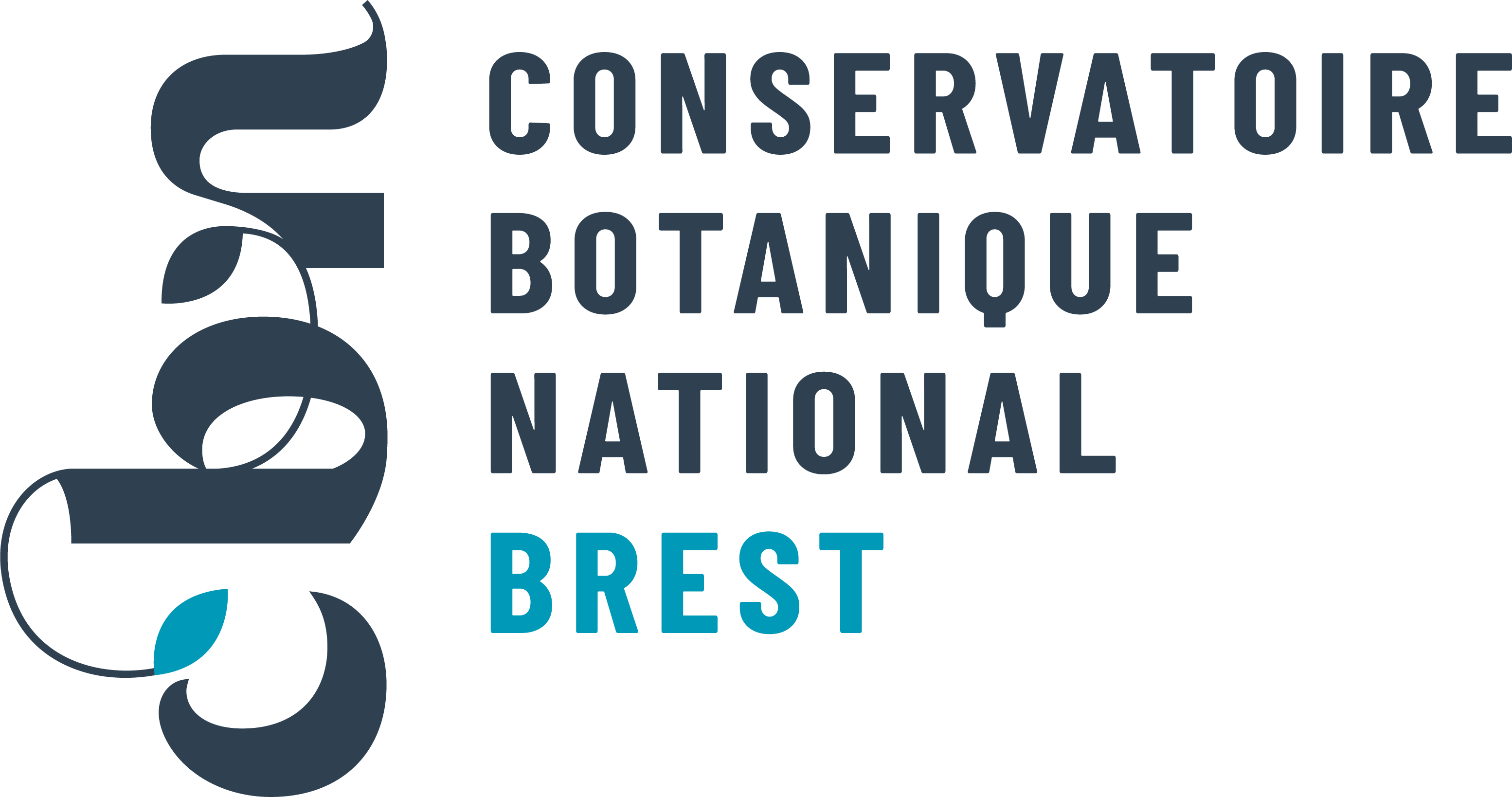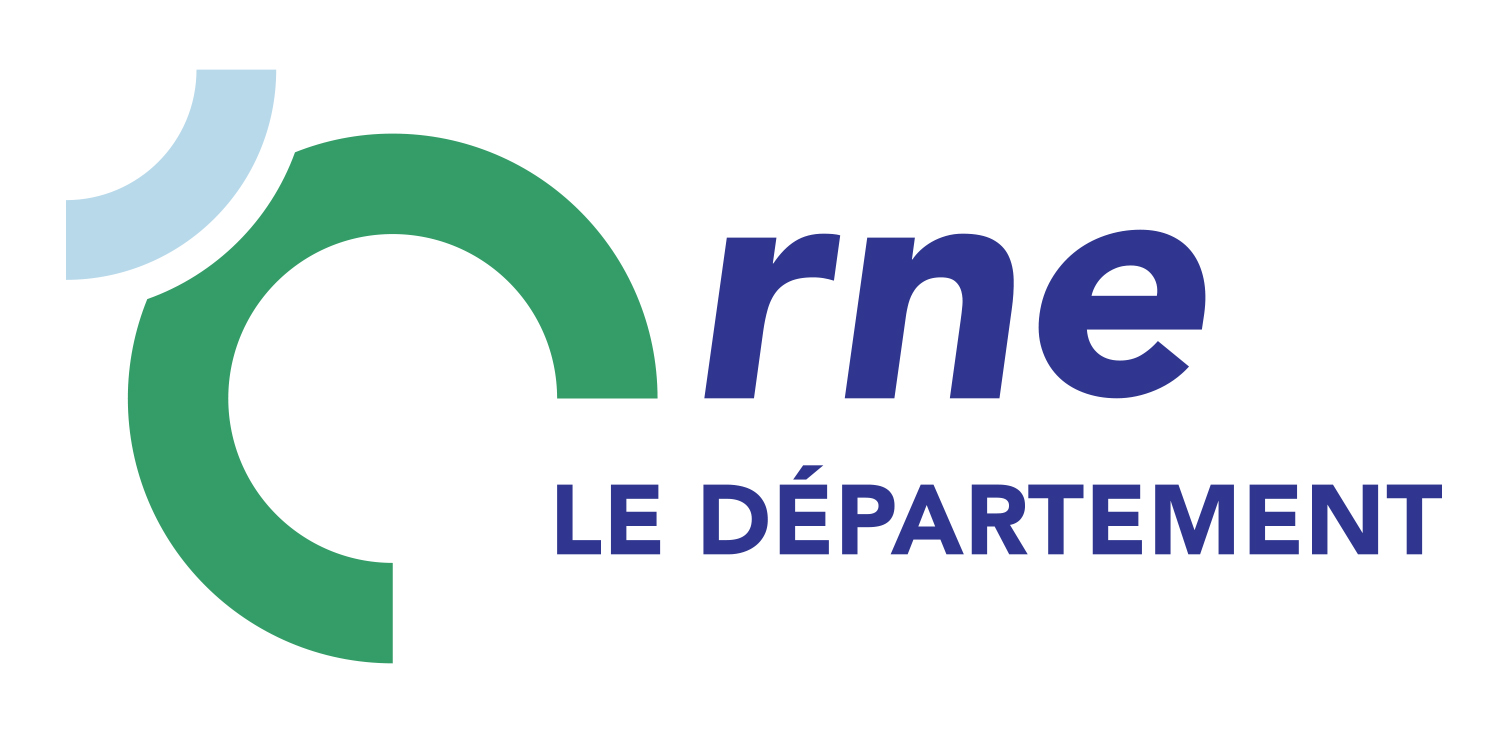Linaire rampante
Linaria repens (L.) Mill., 1768
Où cette espèce a-t-elle été observée ?
 Attention : cette espèce peut être présente où il n’y a pas de maille, mais à ce jour elle n’y a pas encore été observée.
Attention : cette espèce peut être présente où il n’y a pas de maille, mais à ce jour elle n’y a pas encore été observée.
- 63 observations
-
39
communes -
23
observateurs
8
organismes -
Première observation
1866 -
Dernière observation
2024
Arcisses - Argenvilliers - Authon-du-Perche - Bazoches-sur-Hoëne - Belforêt-en-Perche - Béthonvilliers - Bizou - Boëcé - Bretoncelles - Chapelle-Guillaume - Charbonnières - Comblot - Corbon - Coudray-au-Perche - Cour-Maugis sur Huisne - Feings - La Framboisière - La Loupe - La Mesnière - Les Étilleux - L'Hôme-Chamondot - Longny les Villages - Miermaigne - Mortagne-au-Perche - Nogent-le-Rotrou - Parfondeval - Pouvrai - Sablons sur Huisne - Saint-Bomer - Saint-Hilaire-le-Châtel - Saintigny - Saint-Langis-lès-Mortagne - Saint-Ouen-de-Sécherouvre - Senonches - Soligny-la-Trappe - Thiron-Gardais - Tourouvre au Perche - Val-au-Perche - Vaupillon
-
Association Faune & Flore de l'Orne (AFFO)
Participation à 32 Observations
Part d'aide à la prospection : 50.79 %
Fiche organisme
-
Conservatoire Botanique National de Brest (CBNB)
Participation à 25 Observations
Part d'aide à la prospection : 39.68 %
Fiche organisme
-
PNR et géoparc mondial UNESCO Normandie-Maine
Participation à 24 Observations
Part d'aide à la prospection : 38.10 %
Fiche organisme
-
Conservatoire botanique national du Bassin parisien (CBNBP)
Participation à 19 Observations
Part d'aide à la prospection : 30.16 %
Fiche organisme
-
Institut floristique franco-belge (IFFB)
Participation à 2 Observations
Part d'aide à la prospection : 3.17 %
Fiche organisme
-
UMS PatriNat (OFB-CNRS-MNHN)
Participation à 2 Observations
Part d'aide à la prospection : 3.17 %
Fiche organisme
-
Conseil départemental de l'Orne (bureau ENS)
Participation à 1 Observation
Part d'aide à la prospection : 1.59 %
Fiche organisme
Informations espèce
Source : Biodiv'Écrins, Parc national des Écrins
Répartition actuelle en France métropolitaine
© INPN - Avertissement : les données visualisables reflètent l'état d'avancement des connaissances et/ou la disponibilité des données existantes au niveau national : elles ne peuvent en aucun cas être considérées comme exhaustives.
Répartition actuelle dans le monde
Avertissement : les données visualisables reflètent l'état d'avancement des connaissances et/ou la disponibilité des données existantes au niveau mondial : elles ne peuvent en aucun cas être considérées comme exhaustives.













